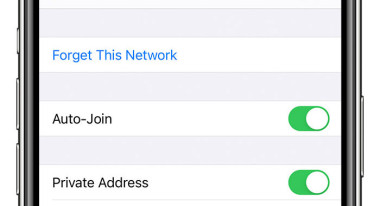iPhones have been exposing your unique MAC despite Apple’s promises otherwise — “From the get-go, this feature was useless,” researcher says of feature put into iOS 14
iPhones have been exposing your unique MAC despite Apple’s promises otherwise — “From the get-go, this feature was useless,” researcher says of feature put into iOS 14::“From the get-go, this feature was useless,” researcher says of feature put into iOS 14.
